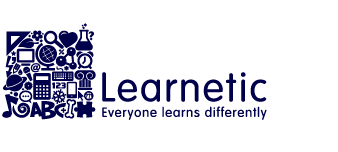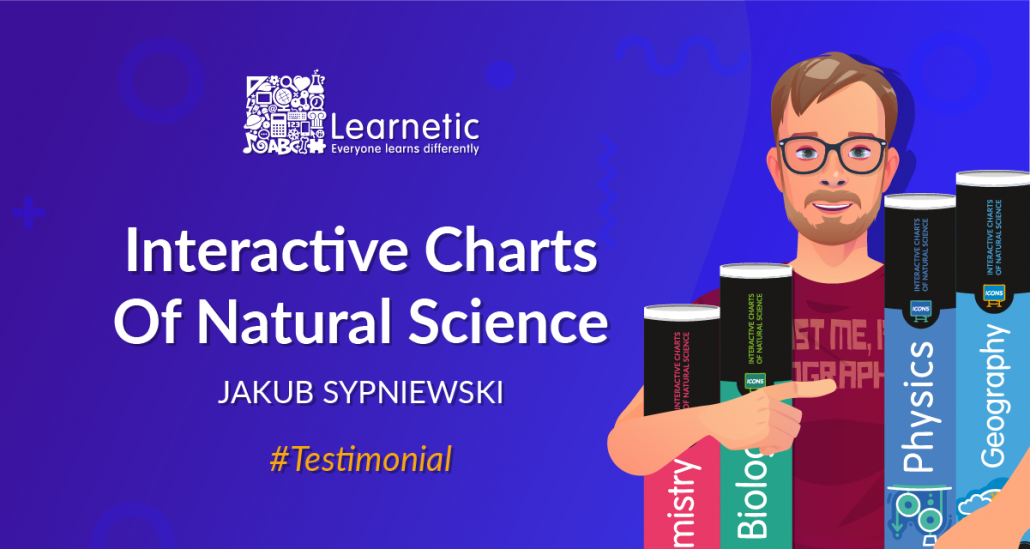Exploring the potential of Interactive Charts of Natural Science through a teacher’s lens.
Interactive Charts Of Natural Science (ICONS) are multimedia resources in the form of boards, photos, illustrations, films, models and maps. They are designed to work on interactive boards and monitors. They help in conducting lessons and explaining those phenomena and processes that may be difficult for students to understand due to the high level of difficulty and abstraction. ICONS cover 50 main topics from Geography, Physics, Biology and Chemistry. The following review is based on work with ICONS Geography.
The developed materials were made with technology that allows you to work with and without Internet access. Subsequent issues have been arranged in accordance with the Core Curriculum for general education in geography in primary school. The structure of materials allows you to easily use the resources assigned to specific content implemented as part of class activities and to use them for revision purposes. An example of a board I use regularly is the wind rose, which is especially useful for recording names of directions of the world and their international abbreviations, which is helpful in all classes in primary school.
ICONS is a tool that brings to mind teaching aids that have been used for many years in school education – the so-called tables. These teaching aids are among the most basic aids, which, due to their legibility and ease of use, have been willingly used by many teachers for years. The technological revolution, which over the years also covered the education process in primary schools, and gained momentum during remote teaching, made these means give way to other, more interactive and engaging school aids. In this sense, the Interactive Charts Of Natural Science are a response to the contemporary requirements for teachers while meeting the students’ expectations regarding the attractiveness of the educational process.
The cardboard box is replaced by an interactive monitor or projector screen, static images – interactive graphics, schematic drawings – animations. The functionality of the materials also changes – they are no longer used only to present content but also allow you to perform various exercises (e.g. an interesting idea may be to use a map of the distribution of seas and oceans to locate their location relative to the prime meridian and the equator by marking continents that lie in a specific relative to these lines on the map). This transition from informative to transformative and exercise function is an additional advantage of these materials. ICONS can enhance and even to some extent replace the computer presentations so commonly developed by many teachers. What is important – they are all in one place. You do not have to look for them on a computer disk, flash drive or e-mail – they are an ordered compendium of geographical education content. The multimedia includes maps as well as a rich database of illustrations. The content is substantively correct and adapted to the level of primary school students.
I believe that Interactive Charts Of Natural Science give a wide range of possibilities to use materials during lessons. In addition to the simplest function, which is the presentation of content, it is possible to show the range or occurrence of phenomena on maps, to observe changes in their intensity or the effects of phenomena and processes of various strengths. Short films included in the materials are conducive to conducting observations. In my lessons, I use boards concerning the range of climatic and landscape zones or the distribution of land and oceans on the globe (in class V). ICONS gives the opportunity to enrich the narrative by highlighting the discussed area without the need to bring wall maps or run other Internet resources. A particularly attractive tool for my students in class VIII was observing the consequences of earthquakes and hurricanes using a slider showing their effects depending on the strength/intensity of the phenomenon (in text and graphic form).
Interactive Charts Of Natural Science support the learning process using simple materials and tools developed in electronic form. I would like to wish both myself and other recipients to continue to develop and enrich the database of materials with new proposals.
The review of the Interactive Charts Of Natural Science – Geography program was written by Mr. Jakub Sypniewski – a geography teacher and methodological advisor for geography teachers at ODN in Poznań.





